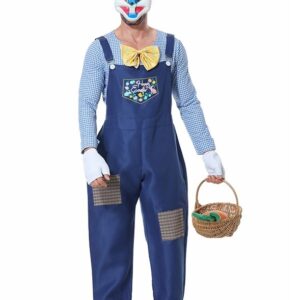The Mughal era ended with dethroning of the last Mughal Emperor, Bahadur Shah Zafar by the British government in the 1857. The rise of 20th century saw the efforts made by the British Raj to inculcate modern learning in the young Indian population by educating them about western ways of living. They felt that in order to outmuscle the nationalist movement that was gaining much popularity in the 1900s, they had to modify the way of Indian living. British began by disrupting the traditional artistic values by erecting art galleries across the country in an attempt to instill the modern ideas. They succeeded to some extent but it did not continue for long. India gained independence in 1947 and with that the Indian culture got back its traditional artistic values. But British gave something new to us in an attempt to change the country. They gave us the European art and artistic ideas. Western style of art schools and art galleries were established throughout the country. An amalgamation of European and traditional Indian art gave rise to a very unique blend of artistic ideas, which we know as Modern Indian art.
The imitation of contemporary English styles while painting traditional Indian paintings is something very different and unique that interests a lot of art aficionados. Initially, artists like Raja Ravi Varma used Western concepts and techniques of oil and easel paintings to create masterpieces. Later Bengal school of art followed the contemporary British style but used it to depict cultural heritage of India. At a point, Modern Indian art was being used to motivate people and sway their nationalist feelings by visually depicting the exploits of British. Soon followed the Shantiniketan School, inaugurated by Rabindranath Tagore. Modern Bengali art, as it was known back then, turned a lot of heads which was something quite huge for country that was a British colony.
Ravi Raja Ram and Tagore came much later, it was E. B. Havell who took a leap of faith and tried to merge the much mystique Indian style with the diverse European ideas which was somewhat unknown to Indians at that time. Indian paintings of that time were very rich in cultural references. Other artists such as Amrita Sher-Gil and Jamini Roy used contemporary European techniques to depict Indian folk art. When India gained independence, a wealth of artists that specialized in modern Indian art took over. M.F. Hussain, Francis Souza, V. S. Gaitonde and Gulam Sheikh are some of the famous contemporary Indian artists that are internationally known for experimenting with various styles which was quite evident in their paintings.
The India of 21st century gave a lot of artists that have produced great works of beautiful modern Indian art. One thing which all of them have in common is that they carry a particularity in Indian vision. Their works beautifully reflect the ideologies and thoughts of the Indian society. Art collectors from all across the world, take a keen interest in the Indian paintings for their diverse and rich social, cultural and religious references. Let us now talk a little about a few famous Indian modern artists that have been the flagbearer of India on a global platform.
M.F. Hussain: There is not a single Indian who is not familiar with this name. Perhaps the most famous and controversial abstract Indian artist who painted masterpieces like the “Battle of Ganga and Jamuna’ and ‘Sprinkling Horses’ etc. These Indian paintings have been sold for millions of dollars.
Tyeb Mehta: Another gem of an abstract artists who is known as the most expensive artist of India. His paintings like Kali, Celebrations and Gesture have been sold for 10 million, 15 million and 31 million dollars respectively. He is considered to be the one of the first abstract artists that dared to break free from the traditional Indian art movement of the 1900s.
S.H. Raza: A very famous painter known for depiction of astrology and scientific approach through is paintings. He recently sold a painting called “Saurashtra” for a whopping 16 crores.


